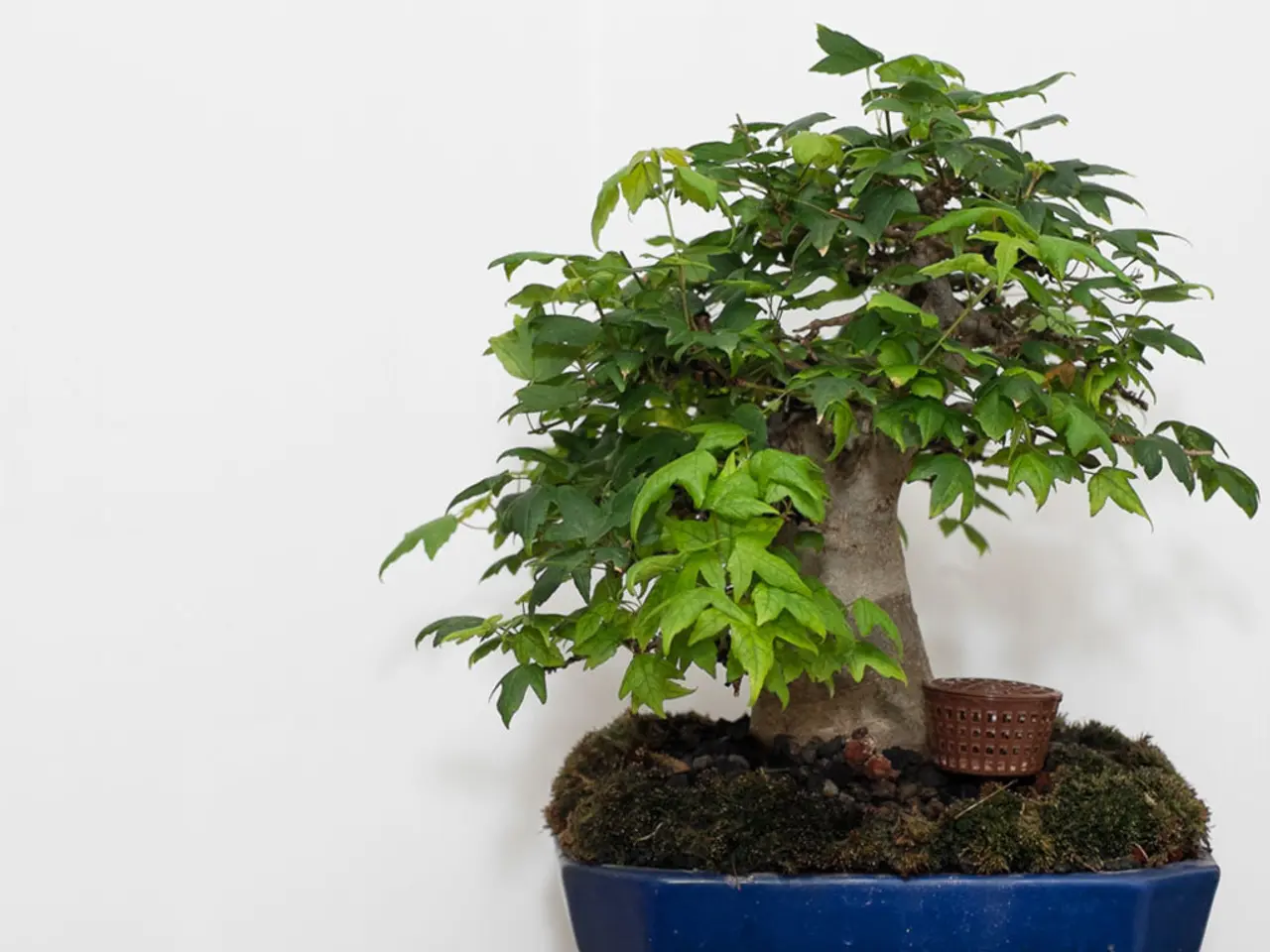Merging Species in Bonsai Artistry: Incorporating Unique Traits through Grafting Techniques
In the captivating world of bonsai, innovation knows no bounds. Five innovative grafting methods are used to introduce exceptional features into these miniature trees, with one such technique being intergeneric bonsai grafting. This art form involves grafting parts from different genera to create unique and visually striking bonsai trees.
Before delving into the realm of intergeneric grafting, it's essential to understand standard grafting methods such as side grafting, approach grafting, and bud grafting. Intergeneric grafting is more challenging due to compatibility issues between different genera, so mastering these basics is crucial.
Researching compatibility between genera is another key consideration. Different genera often have limited graft compatibility, so it's important to know which genera are known to successfully graft together. Even within the same family, success rates vary.
Selecting compatible donor and rootstock plants is equally important. Choose plants that are compatible in terms of growth rate, sap flow, and healing ability. For example, certain species in the same family (like pines or maples) have better chances. Achieving precise cambium layer alignment is critical since the cambium must fuse for graft success.
Post-graft care is equally crucial. Careful monitoring, humidity control, and protection against infection or desiccation improve graft success.
To deepen your knowledge, consider reading specialized bonsai literature and advanced grafting books, especially those covering experimental or interspecific techniques. Joining bonsai societies or forums where practitioners share detailed experiences and images of intergeneric grafting can also be enlightening. Attending workshops led by bonsai masters who practice advanced grafting and creation of novel bonsai forms is another effective way to learn.
Exploring academic or horticultural journals on plant grafting and compatibility can provide valuable insights. Since the search did not provide specific sources or guides on the subject, consulting well-known bonsai resources such as the International Bonsai Guide, Bonsai Today magazine, or contacting bonsai clubs that emphasize creative bonsai techniques will be effective next steps.
Practical experimentation combined with documented techniques is key to mastering intergeneric bonsai grafting. These advanced techniques allow for the creation of unique bonsai with extraordinary characteristics, such as trees with unusual flowering patterns. The pursuit of innovation in advanced bonsai grafting becomes an endless, thrilling odyssey.
To prevent graft incompatibility from causing tree failure, species with similar growth rates, matching vascular systems, and ideal environmental conditions should be selected. It is possible to graft a deciduous species onto an evergreen rootstock, but compatibility testing is crucial.
Essential tools for successful advanced bonsai grafting include a sharp, sterile grafting knife, precision tweezers, and high-quality grafting tape or wax. By mastering these innovative techniques, bonsai enthusiasts can craft one-of-a-kind masterpieces.
Meticulous aftercare is vital for grafted bonsai trees, including proper hydration, filtered sunlight, and ideal temperatures. By deftly combining disparate species and introducing coveted traits, enthusiasts can orchestrate a symphony of shapes, textures, and colours.
In conclusion, intergeneric bonsai grafting is an exciting frontier in the world of bonsai, offering limitless possibilities for creativity and innovation. With dedication, knowledge, and experimentation, one can create truly extraordinary bonsai trees that defy conventional wisdom and captivate the imagination.
- In the realm of bonsai, explorations in fashion-and-beauty can be found through unique and visually striking trees created via intergeneric bonsai grafting.
- To supplement one's understanding of advanced bonsai grafting, delving into literature on education-and-self-development or specialized bonsai books is advisable.
- Beyond bonsai, sports enthusiasts may find camaraderie and shared passion through joining societies or forums, just like bonsai practitioners do in their quest to master intergeneric grafting.
- For those with a flair for shopping, seeking compatible donor and rootstock plants requires careful consideration, a skill equally important in finding the right pets to suit one's lifestyle.
- Traveling to workshops led by bonsai masters or attending horticultural conferences introduces opportunities for learning and inspiration, much like experiencing different cultures broadens one's food-and-drink palette while traversing the world.




